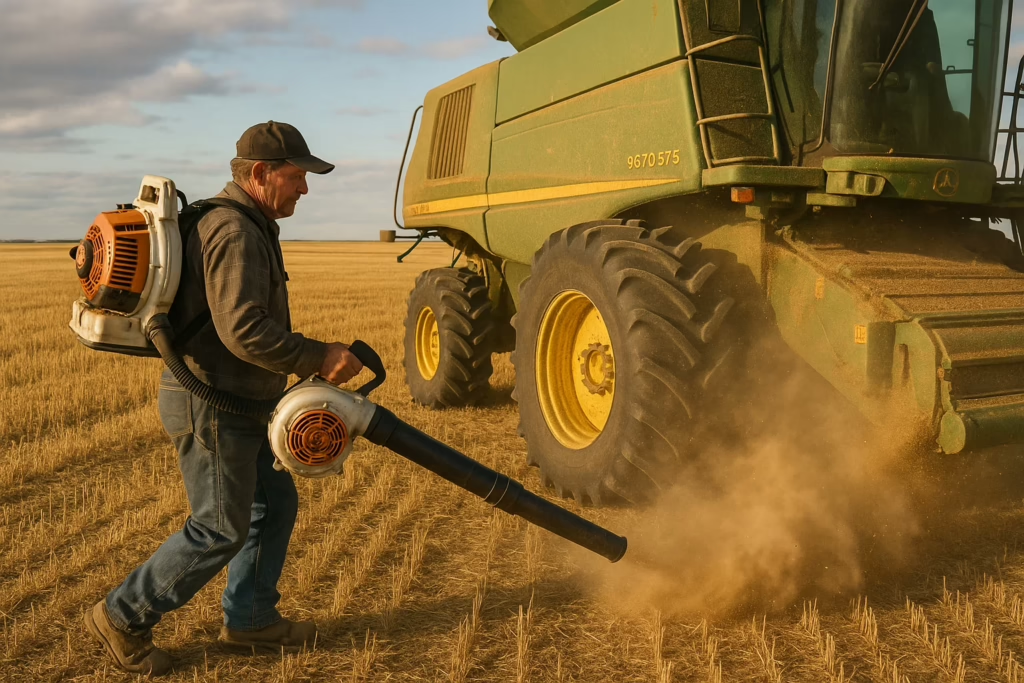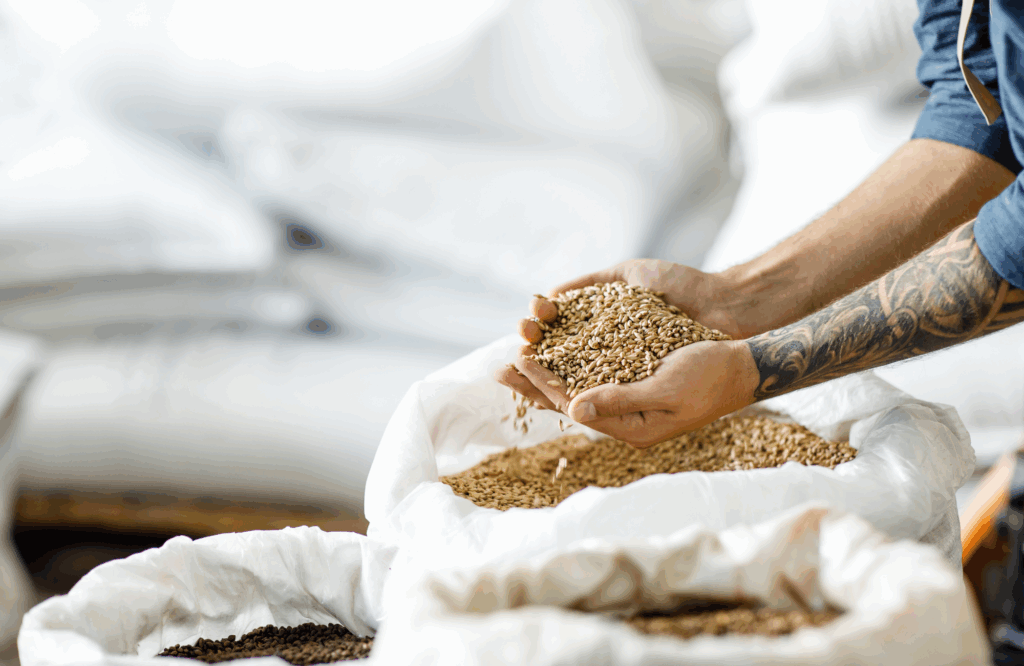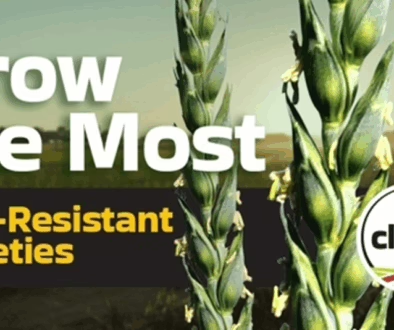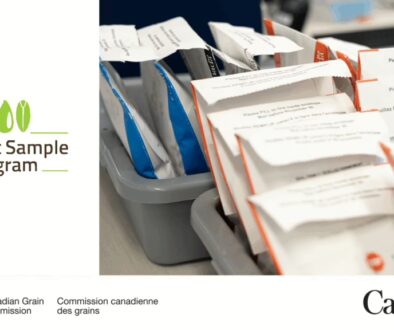Producer Guide to Maintaining Varietal Purity in Canadian Malting Barley
Canada’s reputation for premium malting barley depends on varietal purity of 95% or higher. Maltsters and international buyers demand consistency for brewing quality. Failure to meet purity standards can lead to discounts, contract rejection, and loss of market trust.
Actionable Steps for Producers:
1. Start with certified seed -Use Blue Tag pedigreed seed from Canada’s seed system.
- Using Uncertified or Common Seed → High Contamination Risk
Common seed often contains multiple barley varieties or off-types. This compromises varietal purity and can lead to rejection by maltsters who require consistent quality for brewing. Certified pedigreed seed ensures genetic integrity and meets Canada’s strict standards.
2. Clean equipment thoroughly – Before planting, harvesting, and storage.
- Skipping Equipment Cleaning → Residual Grain Contamination
Combines, augers, and trucks can hold leftover grain from previous crops. Even small amounts of residual grain can mix with your new crop, reducing purity below the 95% threshold. Thorough cleaning before planting, harvesting, and storage is essential.

3. Crop rotation & field management – Rotate crops to reduce volunteer plants. Remove off-types during the growing season.
- Ignoring Volunteer Plants → Off-Types Reduce Quality
Volunteer barley from previous seasons can introduce unwanted varieties into your crop. These off-types affect malt quality and can lead to downgrades. Regular field scouting and removal of volunteers are critical steps in maintaining purity.
4. Proper storage & labeling – Keep varieties separate in bins with clear records and labels.
- Mixing Varieties in Storage → Purity Drops Below 95%
Storing different barley varieties in the same bin or failing to label bins properly can result in accidental mixing. This not only lowers purity but also makes it impossible to meet contract specifications. Always segregate and label storage areas clearly.
5. Test farm-saved seed – Use genetic purity tests (SGS Labs, CGC). Save seed samples for verification.
- Not Testing Farm-Saved Seed → Unknown Purity = Market Risk
Farm-saved seed may seem cost-effective, but without genetic testing, you have no guarantee of purity. If your crop fails to meet the 95% standard, you risk financial penalties and damage to your reputation. Testing through an accredited lab is a smart investment.
Learn more: Seed Matters: What Growers Should Know About Seed Testing – Saskatchewan Seed Growers Association
Why Purity Pays
Maintaining ≥95% varietal purity isn’t just a recommendation—it’s a market requirement.

Here’s why:
- Brewing quality depends on purity – Maltsters and brewers rely on uniform barley varieties for predictable malt performance. Mixed varieties can lead to inconsistent enzyme activity, affecting beer flavor and production efficiency.
- Contracts demand it – Most malting barley contracts specify a minimum purity level of 95%. Falling short can mean price discounts, outright rejection, or loss of premium markets.
- Financial consequences – A single load below purity standards can cost thousands in lost revenue. Buyers pay top dollar for consistent quality, and purity is the foundation of that trust.
- Reputation matters – Canada’s global reputation for high-quality malt is built on varietal integrity. If purity standards slip, it damages not only your farm’s credibility but also Canada’s brand in international markets.
- Long-term profitability – Maintaining purity ensures repeat business, stronger relationships with buyers, and access to premium export markets.
Tip: Follow Canada’s pedigreed seed system and best practices to maintain purity and secure premium markets.
Want to learn more about barley quality standards and market trends?
Subscribe to BarleyBin.ca’s monthly e-newsletter for expert tips and industry updates.




